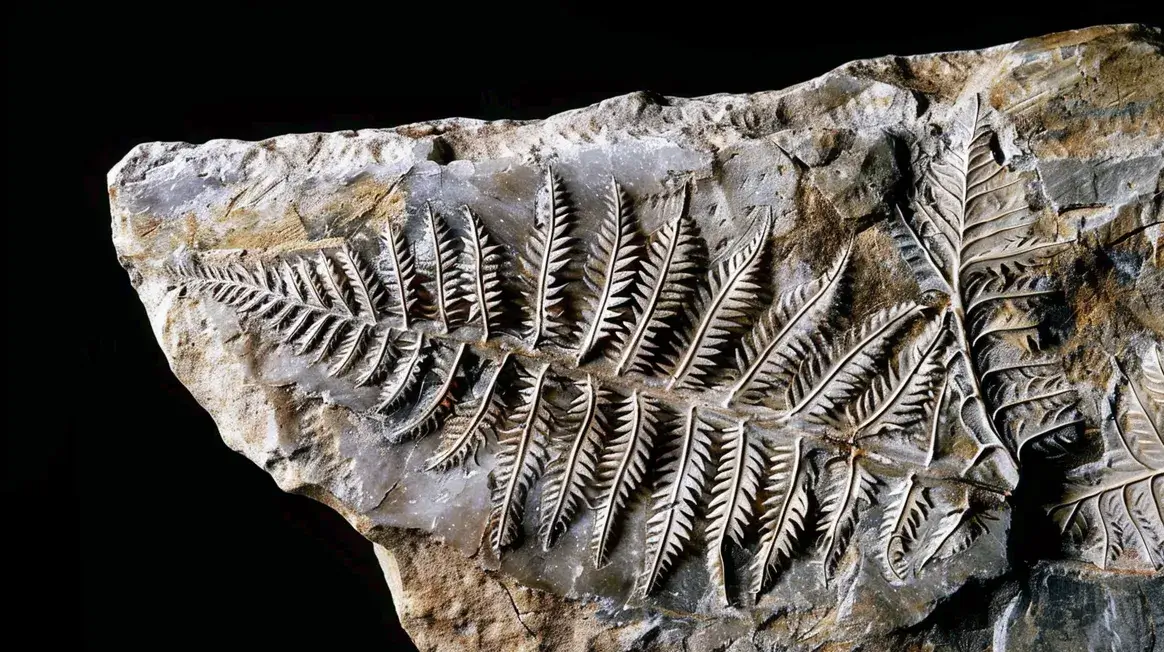
Angiosperms are flowering plants that produce seeds enclosed within an ovary, which develops into a fruit. These plants are the most diverse and widespread group of land plants today, with over 300,000 known species, including many of the fruits, vegetables, and grains that we eat.
an·gi·o·sperm
/ˈanjēəˌspərm/
noun
Angiosperms first appeared during the Cretaceous Period, about 125 million years ago, when dinosaurs still roamed the Earth. At this time, the world’s forests were dominated by other types of plants, such as conifers and ferns. However, angiosperms quickly diversified and spread, thanks to their unique adaptations for reproduction and growth.
One of the key features of angiosperms is their flowers, which are specialized structures for attracting pollinators like insects and birds. Flowers come in a wide variety of colors, shapes, and sizes, each adapted to a specific type of pollinator. Once pollinated, the ovary of the flower develops into a fruit that contains the seeds, which can then be dispersed by animals or wind to grow new plants.
Example
During the late Cretaceous Period, about 66 million years ago, many dinosaurs relied on angiosperms as a food source. One example is the hadrosaurs, a group of duck-billed dinosaurs that had specialized teeth for grinding tough plant material. Fossil evidence shows that hadrosaurs often fed on early angiosperms, such as magnolias and water lilies, which grew in the lush wetland habitats of the time.
Fun Fact
Did you know that the oldest known fossil of an angiosperm is a 125-million-year-old aquatic plant called Montsechia? This tiny plant, which resembled a modern-day pondweed, was discovered in Spain and helped push back the timeline of when angiosperms first evolved. Since then, many other early angiosperm fossils have been found, providing clues about how these plants diversified and spread across the planet.
People Also Ask
What makes angiosperms different from other plants? Angiosperms have several unique features that set them apart from other plants. These include flowers for reproduction, fruits for seed dispersal, and a highly efficient vascular system for transporting water and nutrients. Angiosperms also have a faster growth rate and can adapt to a wider range of environments than many other plant groups.
How did angiosperms change the world’s ecosystems? The rise of angiosperms during the Cretaceous Period had a profound impact on the world’s ecosystems. As these plants diversified and spread, they provided new food sources for herbivorous dinosaurs and insects, which in turn supported a wider range of predators. Angiosperms also helped shape the landscape by stabilizing soils, influencing water cycles, and providing habitats for countless other species.
Are there any angiosperm fossils from the time of the dinosaurs? Yes, there are many angiosperm fossils from the Mesozoic Era, when dinosaurs were the dominant land animals. Some notable examples include Archaefructus, a 125-million-year-old aquatic plant with simple flowers, and Protofagacea, a 100-million-year-old tree that may have been pollinated by early bees. These fossils provide important clues about the early evolution and diversification of flowering plants.